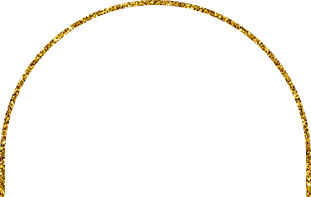humerus fracture - #18810
A few weeks ago, I fell while jogging and broke my arm. After getting an X-ray, my doctor confirmed that I have a humerus fracture. I’ve heard of people breaking their arms before, but I didn’t realize just how serious a humerus fracture could be. I’m trying to understand the humerus better and what’s happening in my body. What exactly does the humerus do, and why is it so important for arm function? From what I’ve learned, the humerus is the long bone in the upper arm, connecting the shoulder to the elbow. How does a humerus fracture affect arm movement and strength? Since this bone is a major part of arm function, I’m wondering how long it will take for me to regain full use of my arm. Will I experience permanent weakness or limited mobility after healing, or can I expect to return to normal function after rehabilitation? I’ve been in a sling for a few weeks, and my doctor recommended some physical therapy once the bone starts healing. How long does it usually take for a humerus fracture to heal, and what are the key signs that the fracture is properly mending? Is there a risk of the bone not healing correctly, and how would I know if that’s happening? Since I’m concerned about regaining full strength, I’m wondering what I can do to help my humerus fracture heal faster. I’ve heard that proper nutrition and exercises can aid recovery. Should I be focusing on foods high in calcium and Vitamin D to support bone healing? Are there any specific stretches or strengthening exercises I should start doing to prepare for physical therapy after the fracture heals? I’m also interested in the long-term implications of a humerus fracture. If I don’t properly follow through with my recovery and rehab, could I experience long-term complications like arthritis or chronic pain in the shoulder or elbow joints? How can I ensure I avoid these complications and give my humerus the best chance for a complete recovery? Lastly, I’ve heard that some fractures can lead to nerve damage, especially if they affect the surrounding tissues. Is there a risk of nerve damage with a humerus fracture? Should I be concerned about the sensation in my fingers or hand, which sometimes feels a bit numb? How do doctors monitor for nerve damage in these cases? If anyone has had a humerus fracture or gone through the healing process for a broken arm, I would really appreciate hearing about your experiences and any advice on healing, physical therapy, and preventing complications.
Shop Now in Our Store





Doctors' responses
It sounds like you’re navigating a challenging time with your humerus fracture. To understand its significance, the humerus plays a crucial role in the overall function of your arm, acting as the main support for lifting, reaching, and rotating. A fracture can limit your arm’s mobility and strength, impacting essential movements like lifting objects or performing daily activities. Healing time varies, but it typically ranges from six to twelve weeks, depending on the fracture’s complexity and your overall health. Signs of proper healing include reduced pain, improved range of motion, and the ability to bear weight or move the arm without discomfort.
For nutrition, focusing on foods rich in calcium (like dairy products, leafy greens, and fortified plant milks) and vitamin D (through sunlight exposure or fatty fish) is vital for improving bone density and promoting healing. Once your doctor gives you the green light, gentle stretches and strengthening exercises can help regain mobility and strength. It’s important to start gradually, under the supervision of your physical therapist.
Long-term implications like arthritis or chronic pain can arise, particularly without appropriate rehabilitation. To mitigate these risks, adhere to your rehab protocols, gradually increase your activity level, and maintain open communication with your healthcare team about progress. Regarding nerve damage, it’s a concern if there’s significant swelling or improper healing that impacts surrounding tissues. If you’re experiencing numbness in your fingers or hand, share this with your doctor for further assessment, as they monitor for signs of nerve damage through physical exams and may use imaging if necessary.
Listening to your body throughout recovery and diligently following your recovery plan can help you regain full use of your arm. Stay hopeful and focused on your healing journey.

100% Anonymous
600+ certified Ayurvedic experts. No sign-up.
About our doctors
Only qualified ayurvedic doctors who have confirmed the availability of medical education and other certificates of medical practice consult on our service. You can check the qualification confirmation in the doctor's profile.


